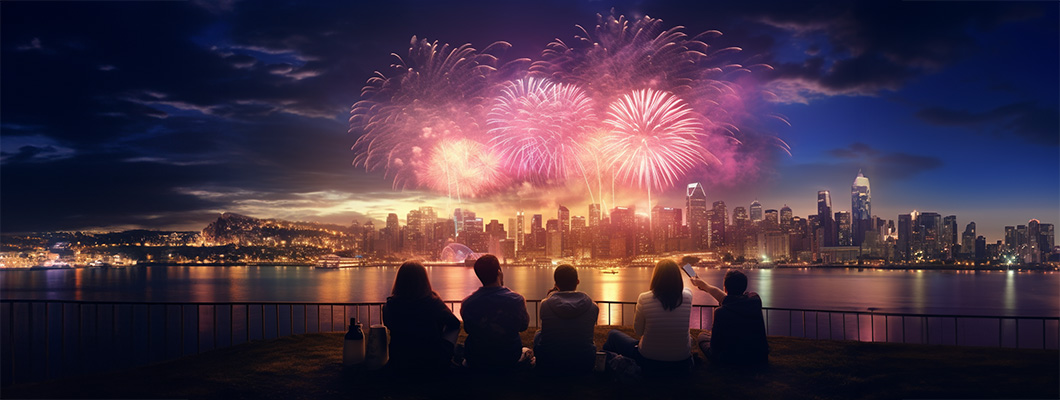
Fireworks have long captivated audiences with their dazzling displays of colors and patterns, illuminating the night sky and creating a sense of awe and wonder. From ancient China to modern-day celebrations, the history of fireworks is as vibrant as the explosions that light up the sky. Join us on a journey through time as we delve into the captivating story of fireworks.
The origins of fireworks can be traced back over a thousand years to ancient China, where they were used for both celebratory and military purposes. Legend has it that around 2,000 years ago, a Chinese cook accidentally discovered fireworks while mixing together sulfur, charcoal, and saltpeter. The mixture caught fire, producing a loud bang and vibrant flames. This accidental discovery led to the development of fireworks as a form of entertainment during festivities and celebrations.
As fireworks gained popularity in China, they gradually made their way to other parts of the world. Traders and explorers carried the knowledge of fireworks with them along ancient trade routes, spreading this captivating art form to different cultures and civilizations. Fireworks eventually reached the Arab world, where they became a prominent feature of religious festivals and special events.
Fireworks reached Europe in the 13th century, likely through the Silk Road and Arabian trade routes. Initially, they were mainly used in military applications, as the loud noises and bright flashes were thought to intimidate enemies. However, it wasn't long before fireworks began to be incorporated into celebrations and public spectacles. European monarchs used fireworks to showcase their power and impress their subjects during royal events and festivities.
Over the centuries, firework makers continually experimented with various chemical compounds and techniques, leading to significant advancements in pyrotechnics. The introduction of new ingredients, such as potassium nitrate, sulfur, and charcoal, allowed for greater control over the colors and effects produced by fireworks. In the 19th century, Italian pyrotechnicians developed the concept of aerial shells, which launched fireworks high into the sky, creating stunning bursts of light.
Today, fireworks are an integral part of celebrations around the world, from national holidays to New Year's Eve extravaganzas. Major cities compete to create the most spectacular fireworks displays, with pyrotechnic experts pushing the boundaries of creativity and innovation. Cutting-edge technologies, such as computerized firing systems and choreographed music, have revolutionized the art of fireworks, enabling precise synchronization of light and sound.
With the increasing popularity of fireworks, safety concerns arose. Governments implemented regulations to ensure the safe handling and use of pyrotechnics. Fireworks displays are now conducted by licensed professionals, who undergo rigorous training and adhere to strict safety protocols. These measures help protect both the spectators and the individuals involved in organizing these breathtaking shows.
The history of fireworks is a testament to humanity's innate desire to create beauty and wonder. From ancient China to the present day, fireworks have evolved from accidental discoveries to breathtaking spectacles of light and sound. They continue to inspire awe and delight audiences worldwide. So, the next time you watch a fireworks display illuminating the night sky, remember the rich history behind those magical bursts of color.





















